But what is stone paper, exactly? It’s more than just a novelty; it’s a testament to human ingenuity and a viable, eco-friendly alternative to traditional pulp paper. This comprehensive pillar page will serve as your ultimate guide, exploring every facet of this remarkable paper made from stone, from its creation and properties to its growing global market and diverse applications.
The Science Behind Stone Paper: Composition and Manufacturing
The magic of stone paper lies in its simple yet ingenious composition. Understanding its origins reveals why it’s such a powerful force for environmental change.
What is Stone Paper Made Of?
The primary ingredient, constituting about 80% of the material, is calcium carbonate (CaCO₃). You might know it as the main component of limestone, marble, and chalk. Crucially, the calcium carbonate used in stone paper is typically sourced from waste materials—post-industrial slag, off-cuts from marble processing, and limestone from existing quarries. This process upcycles what would otherwise be considered industrial waste into a valuable new product.
The remaining 20% is a non-toxic, recyclable high-density polyethylene (HDPE) resin. This acts as a binder for the stone powder. HDPE is a common, safe plastic (Type 2), the same kind used for milk jugs, shampoo bottles, and food containers, and it is readily recyclable.
How is Stone Paper Made?
The manufacturing process is where the most significant environmental advantages become clear. The entire journey from stone to paper is clean, efficient, and radically different from traditional methods. So, how is stone paper made?
-
- Sourcing and Grinding: Waste marble and limestone are collected and ground into an incredibly fine powder, similar in consistency to flour.
-
- Creating Pellets: This calcium carbonate powder is then mixed with the HDPE resin and heated to create small, masterbatch pellets.
-
- Extrusion: These pellets are fed into a specialized stone paper machine. They are heated and then rolled through large rollers in a process called extrusion, which presses the material into a thin, continuous sheet of paper. This process uses no water, bleach, acids, or alkali, completely eliminating the risk of water pollution associated with pulp mills. The energy consumption is also up to 60% lower than that of producing virgin pulp paper.
It is essential to distinguish this material from a similarly named product. A common point of confusion is, what is Paper Stone? Paper Stone is a completely different material—a heavy-duty composite made by compressing layers of recycled paper with a non-petroleum resin. It’s used for architectural surfaces like countertops and is not intended for writing or printing. This makes paper made of stone a unique category of its own.
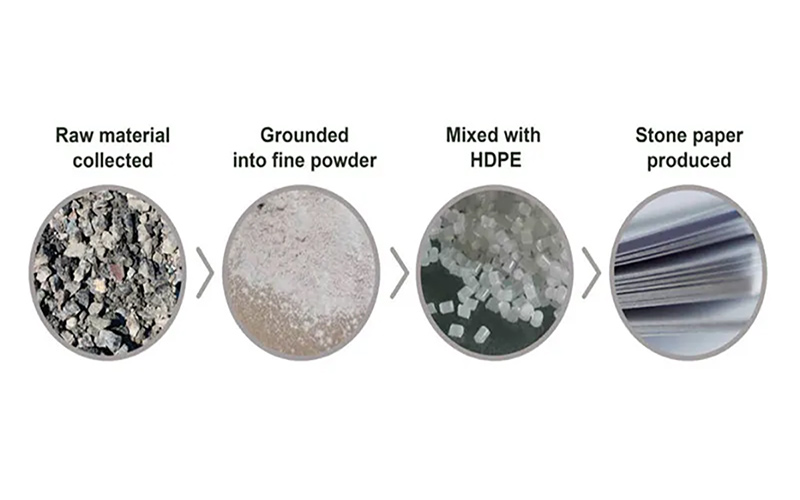
Stone Paper Production Line Setup
Launching a new production facility is a complex process that demands deep technical knowledge, precise engineering, and expertise in system integration. At Plentiful Choices, we specialize in managing this entire process for you from start to finish. Our services include expert consultation, providing state-of-the-art machinery solutions, and executing the complete Stone Paper line setup.
Our key differentiator lies in our capability for system integration. We ensure that all components, from the main stone paper machine to auxiliary systems, work together seamlessly for maximum efficiency. By entrusting your project to Plentiful Choices, you receive a comprehensive turnkey solution, enabling you to confidently and swiftly enter the growing and sustainable stone paper market.
Stone Paper vs. Traditional Pulp Paper
To truly appreciate the benefits of stone paper, a direct comparison is incredibly insightful. The table below breaks down the key differences in resources, process, and properties.
| Feature | Stone Paper | Traditional Virgin Pulp Paper |
| Primary Raw Material | 80% Calcium Carbonate (Waste Stone) | 100% Wood Pulp (Trees) |
| Water Usage (per ton) | 0 Litres | ~35,000 Litres |
| Trees Consumed (per ton) | 0 | 18 – 20 Adult Trees |
| Bleaching Agents | None (Naturally White) | Chlorine, Chlorine Dioxide |
| Energy Consumption | Significantly Lower | High |
| Waterproof | Yes, completely waterproof | No, absorbs water and disintegrates |
| Tear-Resistance | High | Low |
| Recyclability | Yes (as Type 2 Plastic) | Yes, but with fibre degradation |
As the table clearly shows, stone paper offers a vastly superior environmental profile. It eliminates deforestation from the equation, conserves enormous amounts of water, and avoids chemical pollution, all while delivering a more durable final product.
Stone Paper Features and Specifications
Stone paper isn’t just an eco-friendly choice; its physical properties often outperform traditional paper, making it the ideal material for a wide range of demanding applications.
-
-
-
- Completely Waterproof and Grease-Resistant: The most celebrated feature is its resilience. Is stone paper waterproof? Absolutely. You can submerge it in water, and it will emerge completely intact. The ink won’t run (with the right pen), and the paper won’t warp. This makes it perfect for outdoor notebooks, maps, restaurant menus, and any document that needs to withstand the elements or spills. It’s also naturally grease-resistant.
-
-
-
-
-
- Exceptional Durability and Strength: Stone paper is famously tear-resistant. Its flexible, polymer-based structure means it won’t tear easily, unlike its pulp-based counterpart. This contributes to the longevity of products like books, posters, and packaging. As a bonus, it doesn’t produce paper cuts.
-
-
-
-
-
- A Superior Writing and Printing Surface: Writing on stone paper is a uniquely smooth experience. With no grain direction, pens glide effortlessly across its silky surface. For printing, it provides a stunningly sharp and vibrant result, as the ink doesn’t bleed or get absorbed into fibres. It’s compatible with a variety of printing methods, including offset and UV.
-
-
-
-
-
- Weight, Feel, and Brightness: Stone paper weights are often compared to traditional paper using GSM (grams per square meter). It has a higher density, so a sheet of 120 GSM stone paper feels more substantial and luxurious than a 120 GSM pulp paper sheet. It is naturally white, eliminating the need for artificial brightening agents.
-
-
The Expanding Universe of Stone Paper Products
The unique combination of sustainability and high performance has led to a creative explosion in stone paper applications.
The Stationery Revolution
The stationery market has enthusiastically embraced stone paper.
-
-
-
- Notebooks, Planners, and Notepads: The stone paper notebook has become a flagship product for conscious consumers and stationery lovers. Its durability makes it a reliable companion for travel, fieldwork, or daily journaling. The best stone paper notebook often features a high-quality cover, lay-flat binding, and the unmistakable smooth paper inside. Similarly, the stone paper planner and stone paper notepad are gaining popularity for their ability to withstand the rigours of daily use. Major brands like Oxford stone paper have already introduced product lines, signalling mainstream adoption.
-
-
-
-
-
- The Ultimate Pen Experience: The unique surface has sparked discussion about the best pens for stone paper. Because it’s non-porous, oil-based ballpoint pens and permanent markers are often cited as the best pen for stone paper as they dry almost instantly. Gel and fountain pens also work beautifully, producing crisp lines, though they may require a few extra seconds to dry to prevent smudging.
-
-
Beyond the Desk: Creative and Commercial Uses
-
-
-
- Packaging and Wrapping: As a tear-proof and water-resistant material, stone paper wrapping paper offers a reusable and luxurious option for gift-giving. It’s also being used for food-safe bags, boxes, and labels.
-
-
-
-
-
- Home and Commercial Decor: Stone wall paper is a durable, washable, and stylish option for interiors. The crisp printing quality allows for a vast array of stone wall paper design possibilities.
-
-
-
-
-
- Specialty Printing: Commercially available stone paper sheets are used for printing posters, banners, maps, and manuals—anything that requires durability and longevity. From stone notebook paper for ring binders to commercial packaging, its versatility is a key driver of its growth.
-
-
The Global Market and a Sustainable Future
The stone paper market is on a significant upward trajectory, driven by a powerful trifecta: growing consumer demand for sustainable goods, corporate environmental responsibility initiatives, and tightening government regulations on pollution.
Regions with a strong focus on innovation and environmental management, such as the GCC stone paper market, are emerging as key areas for growth. In areas where water is a scarce resource, the water-free manufacturing process of stone paper presents an especially compelling advantage. As the technology becomes more widespread and economies of scale are achieved, stone paper is poised to become an increasingly competitive and mainstream material.
More Than Just Paper!
Stone paper is not merely a substitute for the status quo; it is a fundamental reimagining of a product we use every day. It proves that we do not have to choose between high-quality products and the health of our planet. By transforming industrial waste into a durable, beautiful, and versatile material without cutting down a single tree or polluting our waterways, stone paper stands as a powerful symbol of a circular economy in action. From the simple stone paper notepad on your desk to the large-scale industrial applications of tomorrow, this remarkable paper made of stone is paving the way for a brighter, more sustainable future. At Plentiful Choices, we are committed to building that future by delivering the turnkey solutions that bring this innovation to life.
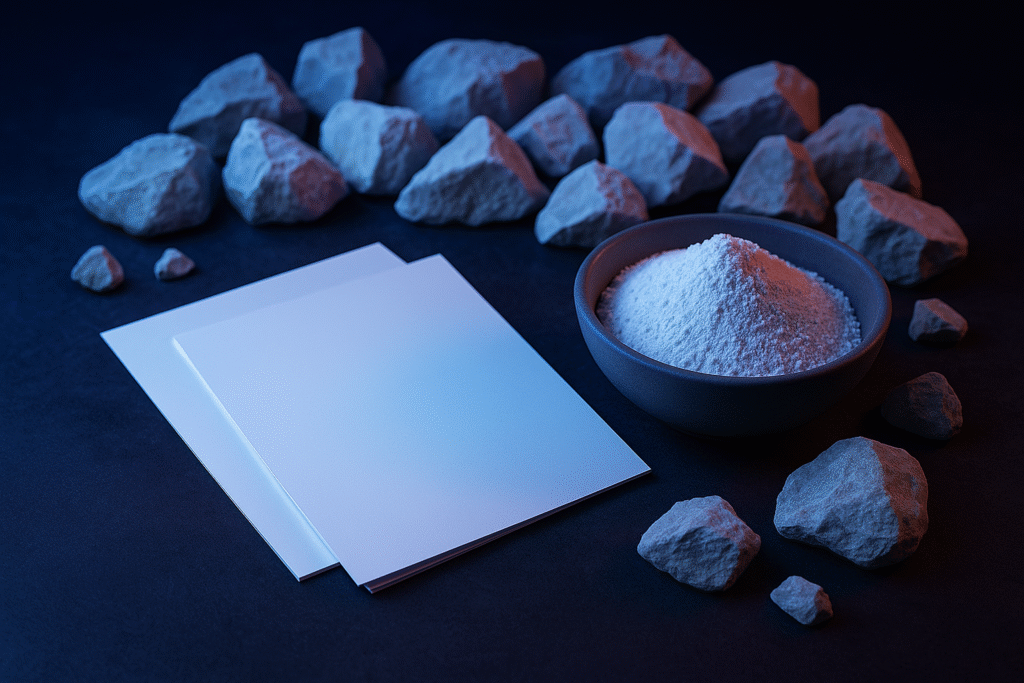


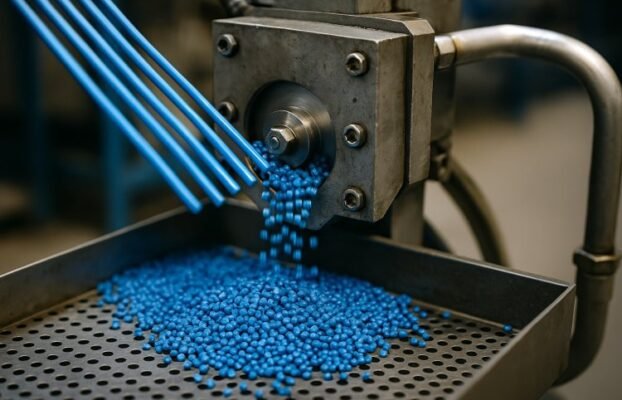
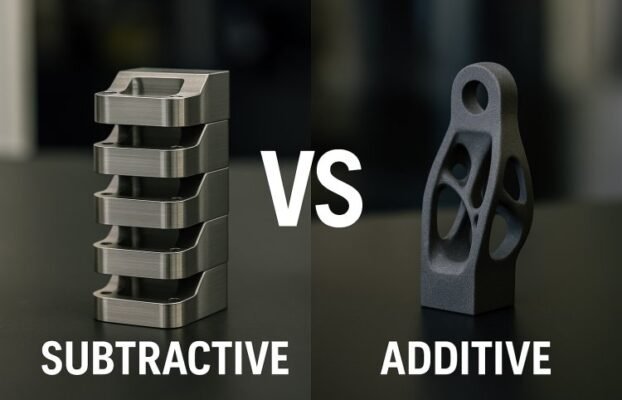




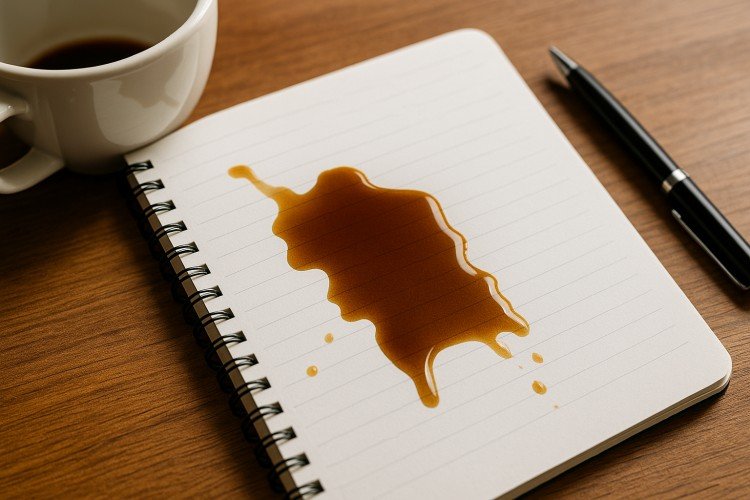
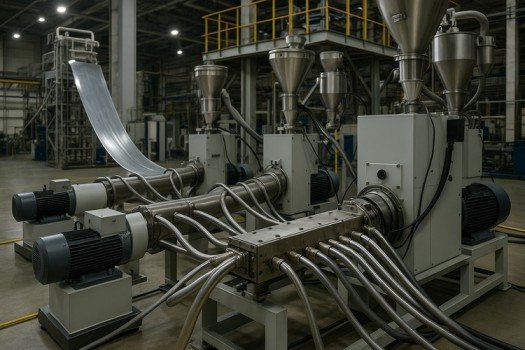
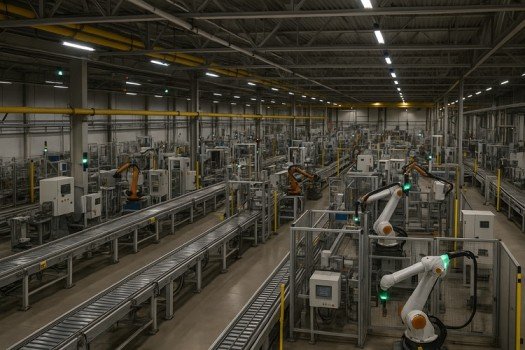
2 Comments
[…] Stone paper, an innovative and eco-friendly alternative to traditional wood pulp paper, is making waves in the sustainable packaging and printing industries. Its superior durability, waterproof properties, and tree-free composition make it a highly sought-after material. However, the production of high-quality stone paper is a complex process that relies heavily on advanced polymer processing technologies, primarily extrusion and blown-film technology. This article will delve into the critical roles these technologies play in creating a truly sustainable and high-performance product. […]
[…] approach to paper manufacturing that eliminates trees from the equation entirely. Understanding what stone paper is made of reveals how this innovative material uses abundant mineral resources as its foundation […]